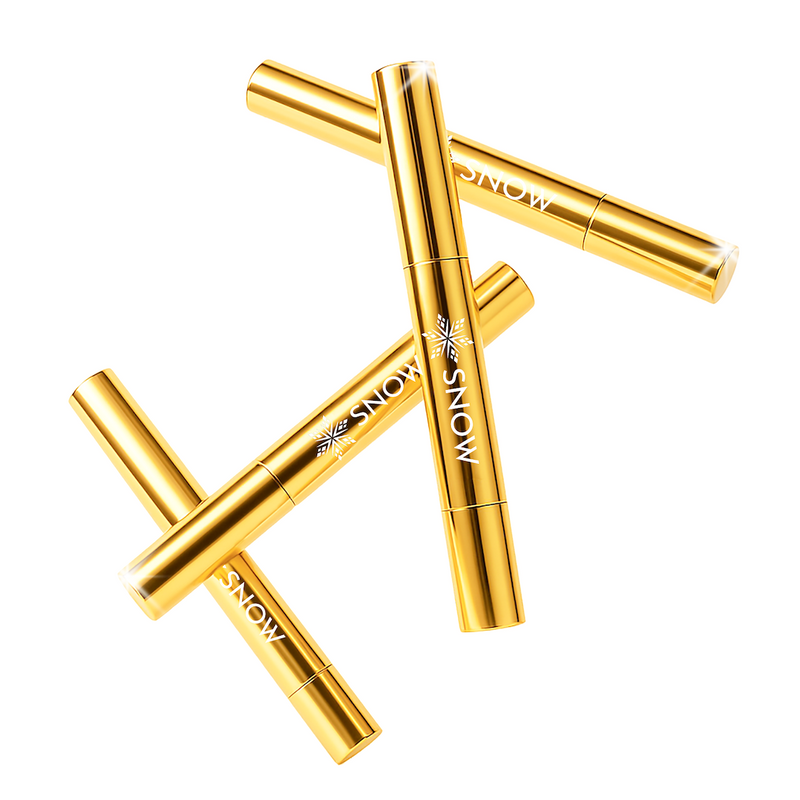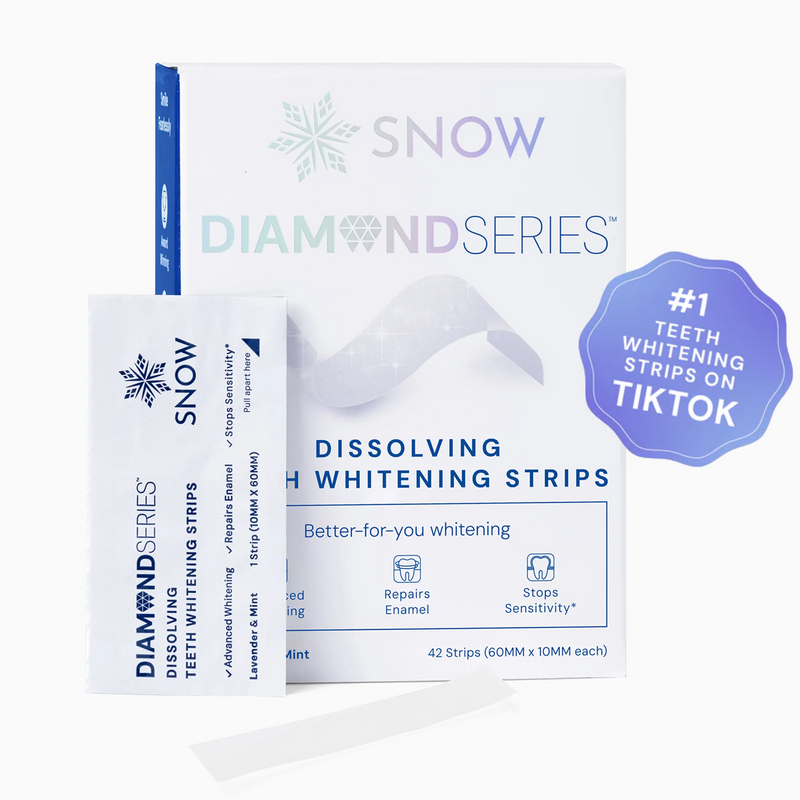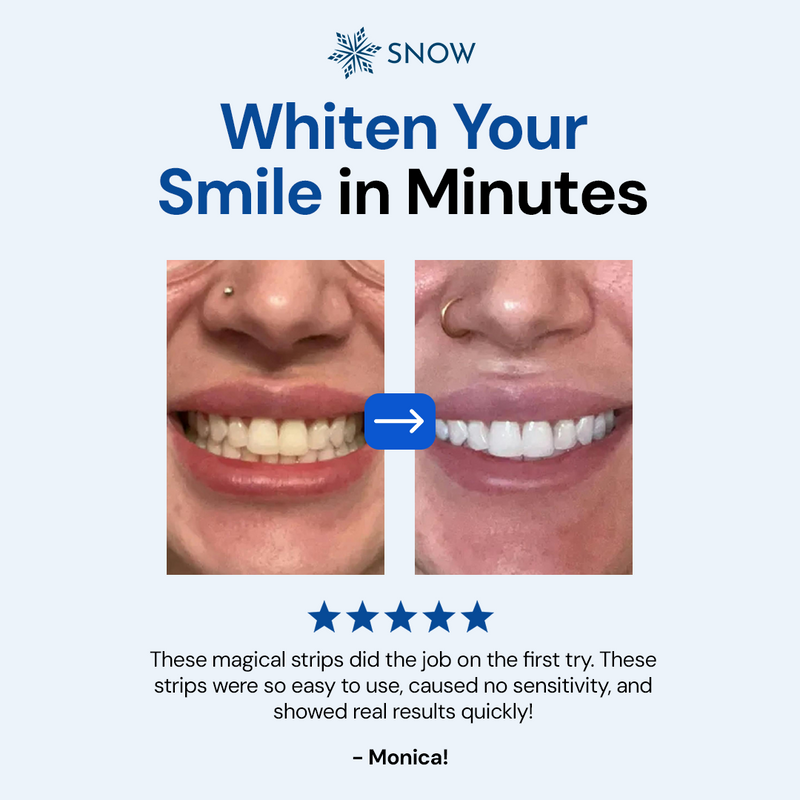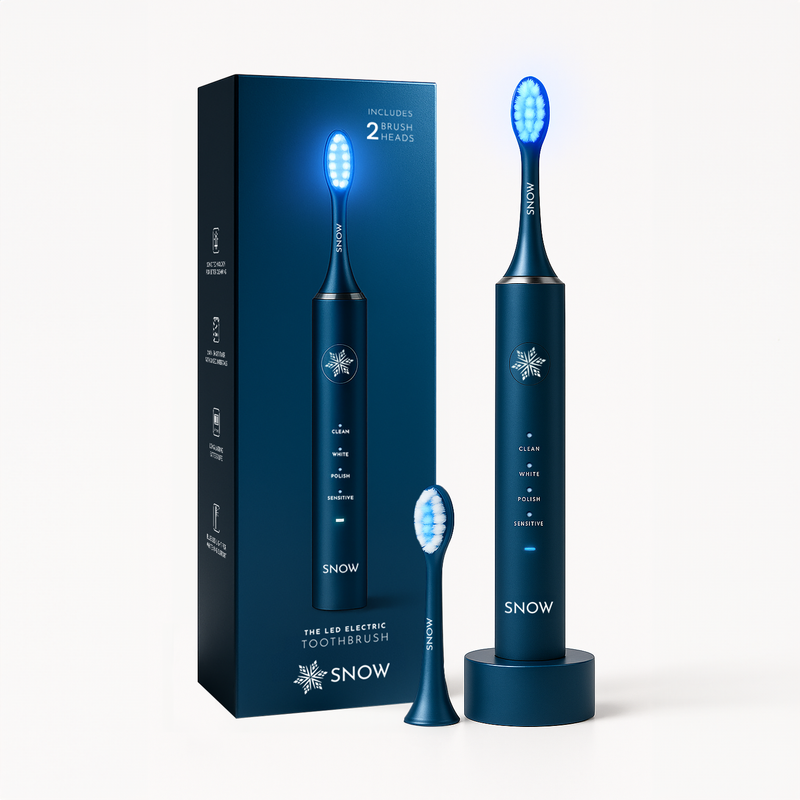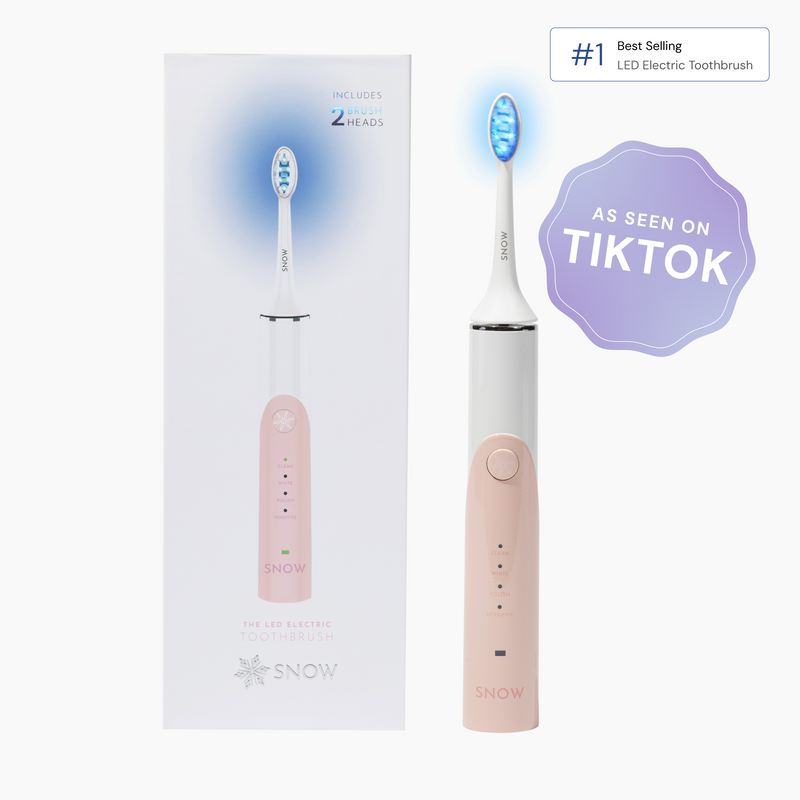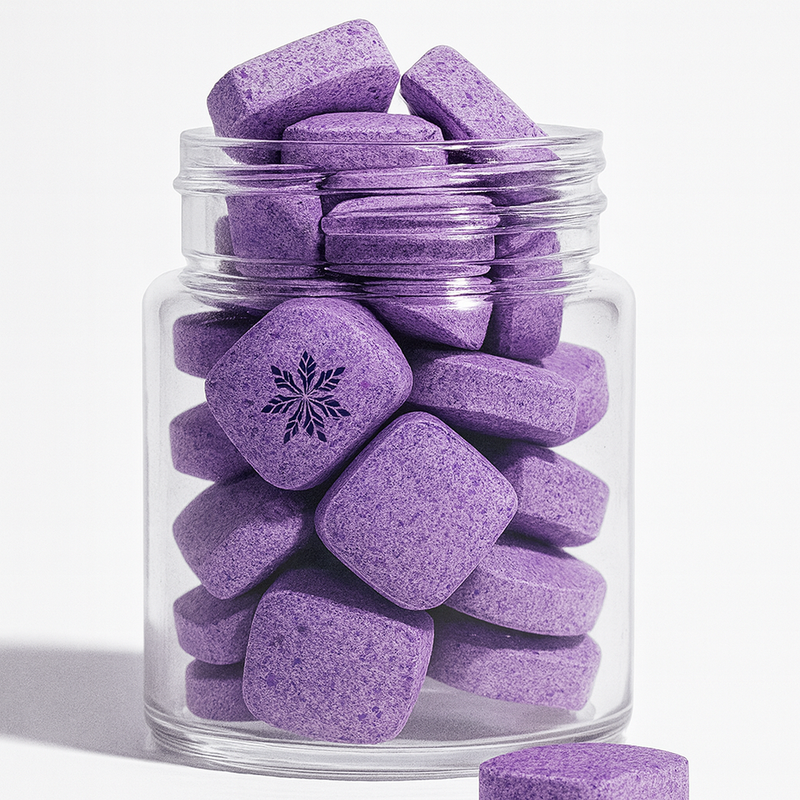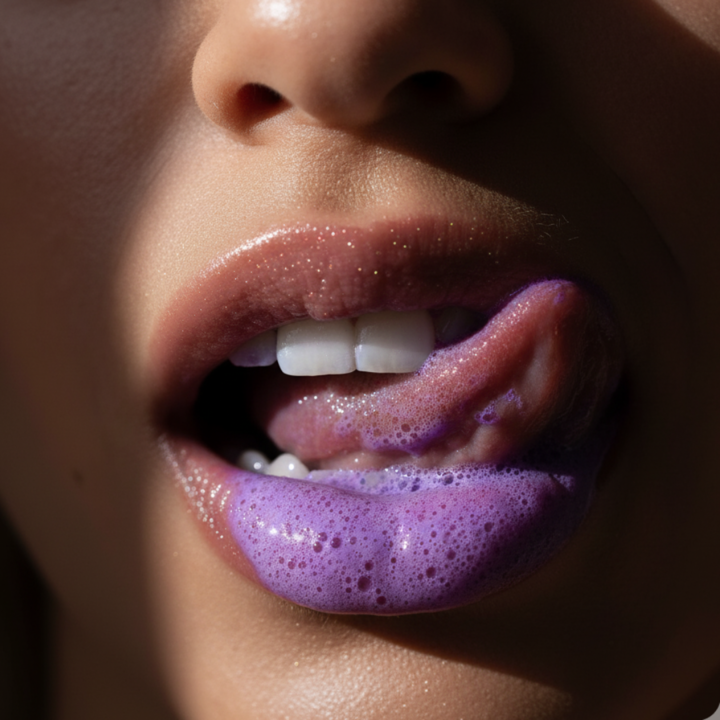Can I use fluoride toothpaste after whitening strips? Definitely, and it's beneficial for your dental health.
In this article, we'll explore the best practices for using fluoride toothpaste with whitening strips, discussing whether to brush before or after application, factors to consider for effective use, how whitening strips work, and tips for maintaining your teeth's whiteness, plus sequence for brushing and mouthwash.
We'll also cover frequently asked questions to ensure you have all the information you need for a brighter smile.
Let's dive into the details of maintaining a bright and healthy smile with the use of fluoride toothpaste and whitening strips.
What this article covers:
- Should I Brush My Teeth After Using Whitening Strips?
- Should I Brush My Teeth Before Using Whitening Strips?
- Factors You Should Consider
- How Do Whitening Strips Work?
- Tips for Using Whitening Strips
- How to Keep Teeth White
- FAQs
Should I Brush My Teeth After Using Whitening Strips?
It is generally recommended to wait at least 30 minutes before brushing your teeth after using whitening strips. This waiting period allows your teeth to re-harden and reduces the risk of increased sensitivity, which can occur due to the active ingredients in the strips.
Whitening strips contain peroxide-based gels that penetrate the enamel to break down stains, but this process can temporarily soften the enamel, making it more vulnerable to abrasion from brushing.
Besides, brushing immediately after using whitening strips can cause gum irritation. If you feel the need to clean your mouth right away, consider rinsing with water instead of brushing.
Our findings show that this helps remove any residual whitening gel without causing further sensitivity or irritation to the teeth and gums.
For a gentle yet effective boost to your whitening routine, consider using SNOW's teeth whitening powder. It uses natural ingredients to remove surface stains and plaque without causing sensitivity.
Should I Brush My Teeth Before Using Whitening Strips?
It is advisable to brush your teeth before applying whitening strips, but with caution. Brushing removes plaque and food particles, which can hinder the effectiveness of the whitening gel by creating a barrier on the teeth.
Ideally, you should brush gently and wait for about 30 minutes before applying the strips to avoid increased sensitivity during the whitening process.
To strike a balance, we suggest brushing lightly and allowing some time for your gums to settle before applying the strips.
For those looking to maintain white teeth daily without fluoride, SNOW's teeth whitening toothpaste is an excellent choice. It combines whitening and strengthening with a formula that is gentle enough for sensitive teeth.
Factors You Should Consider
First, the concentration of the active ingredient, typically hydrogen peroxide, can affect both the efficacy and the sensitivity experienced during treatment.
Our research indicates that higher concentrations might offer faster results but can also increase the risk of tooth sensitivity and gum irritation, and understanding a comprehensive fluoride vs hydroxyapatite comparison helps you choose the safest post-whitening care approach.
It's essential to follow the manufacturer's instructions and not exceed the recommended usage duration.
Another important factor is your current oral health. Individuals with pre-existing dental issues, such as cavities, gum disease, or worn enamel, should consult with a dentist before starting any whitening treatment.
Can kids use whitening toothpaste? This is a common question, and it's important to note that most dentists recommend waiting until a child is at least 12 years old before using whitening products, including toothpaste.
How Do Whitening Strips Work?
Based on our observations, whitening strips contain a peroxide-based gel that adheres to the surface of your teeth, breaking down and removing stains caused by foods, beverages, smoking, and aging. The peroxide penetrates the enamel to lift stains, leading to a brighter, whiter smile over time.

The application process is straightforward: you apply the strips to your teeth, ensuring they adhere properly, and leave them on for the recommended duration, about 30 minutes to an hour.
Consistent use over a period of days to weeks gradually whitens the teeth, providing noticeable results.
Tips for Using Whitening Strips
To achieve the best results with whitening strips, follow these essential tips:
- Read and Follow Instructions: Always start by thoroughly reading the manufacturer's instructions. Each brand may have specific guidelines on how to apply the strips, how long to leave them on, and how often to use them.
- Adhering to these instructions can help avoid overuse and potential tooth sensitivity.
- Brush Your Teeth Before Application: It's advisable to brush your teeth before applying whitening strips to remove plaque and food particles that might hinder the effectiveness of the whitening agent. However, ensure you brush gently and wait at least 30 minutes before applying the strips to prevent irritation.
- Carefully place the strips on your teeth, ensuring they fully cover the surface and adhere well. This placement maximizes contact with the whitening agent and helps achieve even whitening across all visible teeth.
- After using whitening strips, avoid consuming food or drinks, especially those that stain, like coffee, tea, or red wine, for at least 30 minutes.
- If you experience sensitivity, use a desensitizing toothpaste before and after whitening treatments. This type of toothpaste can help alleviate discomfort and protect your enamel from the effects of the whitening agents.
- Continue to brush and floss regularly to maintain your oral health and the results of your whitening treatment. Good oral hygiene practices help keep your teeth free from new stains.

Can you use whitening toothpaste with braces? While it's generally safe to use whitening toothpaste with braces, it's important to note that it may only whiten the exposed parts of your teeth.
How to Keep Teeth White
First, maintain good oral hygiene by brushing your teeth for two minutes twice a day with fluoride toothpaste and flossing daily. These practices remove plaque and prevent new stains from forming. Regular visits to your dentist for cleanings and check-ups are also essential for maintaining your teeth's brightness.
Second, avoid foods and drinks that can stain your teeth, like coffee, tea, red wine, and soda. If you do consume these, rinse your mouth with water afterward to minimize their staining effects.
Lastly, quitting smoking can significantly help in keeping your teeth white, as tobacco use is a major cause of discoloration.
Can I mix baking soda with my toothpaste? While some people do mix baking soda with toothpaste for additional whitening effects, it's important to use caution as baking soda can be abrasive and may damage tooth enamel.
FAQs
What are teeth whitening strips?
Teeth whitening strips are thin, flexible plastic strips coated with a peroxide-based whitening gel. They are designed to adhere to the surface of your teeth, allowing the peroxide to penetrate the enamel and break down stains.
When should I use whitening strips?
Whitening strips can be used whenever you notice surface stains on your teeth or when your teeth start to appear dull or yellow.
How often should I use tooth whitening strips?
The frequency depends on the product and your dental needs. Generally, it is recommended to use them daily for about two weeks to achieve the initial whitening effect. After achieving the desired whiteness, you can maintain your results by using the strips once a month or as needed.
Conclusion
The question of whether you can use fluoride toothpaste after whitening strips is common, and the answer is yes, it is both safe and beneficial.
We've discussed the importance of waiting to brush after using whitening strips, the necessity of brushing before application with care, factors that influence the effectiveness and safety of whitening treatments, and how whitening strips work to brighten your smile.
We also shared tips on how to keep your teeth white post-treatment and answered some frequently asked questions about the use of whitening strips.
Ready to achieve a brighter smile? Explore our range of SNOW whitening products for professional-level results at home.
Visit SNOW today and take the first step towards your best smile.
If you want to learn more, why not check out these articles below:
- Can Toothpaste Cause Dry Mouth
- Can Toothpaste Cause Dry Lips
- Electric Toothbrush Stops Spinning When Brushing Too Hard
- How Should You Hold the Toothbrush During Brushing?
- How Much Toothpaste Should You Put on Your Toothbrush?
- Why Are Toothbrushes Important?
- What Is the Most Popular Toothbrush Color?
- Best Purple Toothpaste
- Best Hydroxyapatite Toothpaste
- Best Toothpaste Tablets
- Best Toothpaste to Prevent Cavities
- Best Toothpaste for Coffee Stains
- Does Whitening Toothpaste Work
- How Long Does a Tube of Toothpaste Last
- Does Toothpaste Kill Bacteria

















































